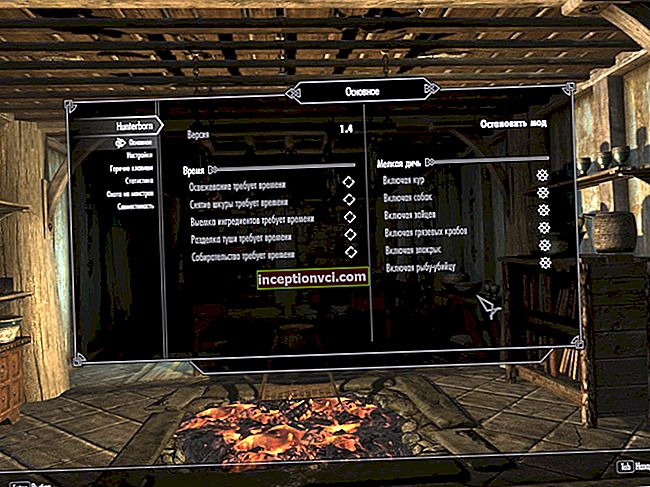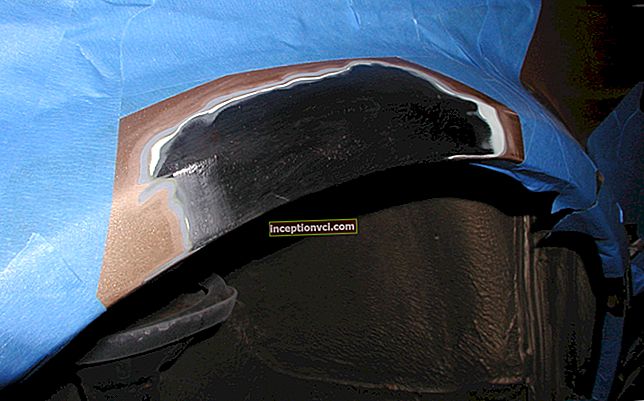Wireless routers are devices that don't take a lot of time to choose. However, a bad router can pretty much spoil the nerves of the user. In this review, we will consider the ASUS RT-N66U wireless router.

Equipment
ASUS RT-N66U comes standard with everything the user needs to install and configure the router.
The package with the ASUS RT-N66U router itself contains:
- CD with documentation and software;
- user's manual;
- patch cord required to connect to Gigabit Ethernet;
- stand for installing the router in an upright position;
- power supply unit from the network;
- three detachable antennas.
Specifications
First of all, let's highlight the main technical characteristics and capabilities of ASUS RT-N66U. For easier perception, the data are presented in the form of a table.
Specifications table
Router type | wireless. |
Wireless part of the router | 802.11a / b / g / n, the ability to work simultaneously in the 2.4 GHz and 5 GHz bands (MIMO 3x3: 3). |
The wired part of the router | 1 Gigabit WAN port and 4 Gigabit LAN ports. |
Router processor and memory | processor core MIPS32 with a clock frequency of 600 MHz BCM4706, 256 MB RAM. |
Additional information about the router | file and print server, UPnP support. |
Router appearance
ASUS RT-N66U refers to "designer" routers. The company ASUS, which is proud of its design, was given the name Dark Knight, which means "The Dark Knight". The router really looks pretty good, especially the checkered texture of its front surface.

The front panel of the router has a number of indicators that make it easy to determine what it is doing and its status.
There are ventilation slots on the sides, thanks to which the design of the device only benefits.
The kit also includes an interestingly shaped stand, thanks to which the router can be installed in a vertical position. In this case, all the connectors will be on top, so this arrangement is difficult to call reasonable.
The set of connectors is completely standard. The router has a WAN port, two USB connectors, four gigabyte LAN ports, three connectors for connecting external antennas and a power supply input. Also on the router are a button for quickly connecting new clients to the network (WPS), power and reset buttons.
Work
ASUS RT-N66U belongs to the class of dual-band routers. Thus, the user can create two wireless networks at the same time. In this case, one of the networks operates at a frequency of 5 gigahertz, and the second - at a frequency of 2.4 gigahertz. A 2.4GHz network is best used for backward compatibility with older clients, and a 5GHz network for newer devices. This principle is really important. After all, if there is at least one device in the network that uses the 802.11g standard, then the entire network will operate at a speed of up to 54 megabits per second. To prevent this situation, two ranges are used.
The maximum connection speed of 450 megabits per second is achieved thanks to the router's support for three spatial streams simultaneously (MIMO 3x3: 3).
You can customize the router to fit your needs using a special web interface. It provides a very large number of different possibilities. It supports all the necessary features like Dynamic DNS, MAC address cloning, VPN and PPTP passthrough. The router supports the ability to create a so-called “guest” network with limited capabilities, in which case guests only have access to the Internet. In addition to the web interface, you can administer via SSH or Telnet connection.
The built-in USB ports allow you to connect printers and hard drives. In this case, the router can turn into a print server, file server, torrent server or media server.In the torrent server, Transmission acts as a torrent client. The following file systems are supported for working with hard drives: FAT32, NTFS and ext2 / 3/4.
Device performance
Compared to most routers (Asus RT-N10E, Asus RT-N12E, Getnet GR-724W) currently sold in stores, ASUS RT-N66U is equipped with a powerful Broadcom processor. It is based on MIPS architecture and boasts a clock speed of 600 megahertz. This shows good performance. The average speed of file copying from one computer to another is 89 megabytes per second. In order not to run into the bandwidth of hard drives, RAM disks were used to determine it. If you connect one computer via Wi-Fi, and the second via Ethernet, then the speed of file copying between them is 41 megabytes per second. When copying files from WAN subnet to LAN subnet via FTP, the speed is 67 megabytes per second. From these indicators, we can conclude that the performance of the router fully reveals the capabilities of a gigabit network.
When accessing an external hard drive connected to the USB port of the router, the speed of reading and writing files strongly depends on its file system. Better results are achieved when using NTFS. With this system, the average read and write speed ranges from 25 to 30 megabits per second. These are quite good indicators.
The operation of the router is distinguished by its stability. When downloading large files using BitTorrent with 100 simultaneous connections, no crashes occurred.
The range of the ASUS RT-N66U router in the 5 gigahertz and 2.4 gigahertz ranges is very large for using it in an urban environment - its signal is well caught, even if you go down or go up 4 floors.
conclusions
Due to its quality of performance and capabilities, the reviewed ASUS RT-N66U belongs to the "elite" of wireless routers. Nice design, excellent speed performance, stability and high functionality make ASUS RT-N66U an excellent choice for home use. The cost of the device at the time of this writing is about 1400 hryvnia and may seem large, but for routers of this class it is not high.
Summing up, we will highlight five reasons why it is still worth buying an ASUS RT-N66U wireless router:
- MIMO 3x3: 3 support;
- the ability to use two ranges;
- performance;
- stability of work;
- good speed of working with files on a USB disk.
There is only one drawback to the reason not to buy this device - this is the inconvenient placement of the connectors in the case of a vertical location of the router. But it is unlikely that such a trifle will influence your decision to purchase it.









